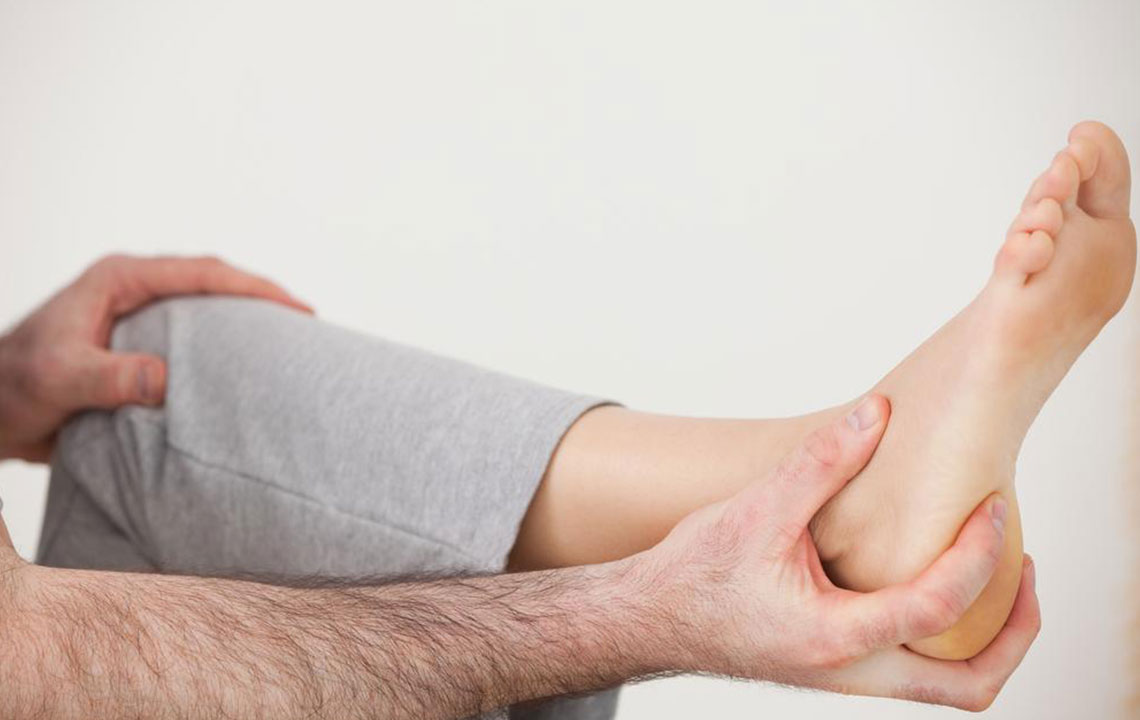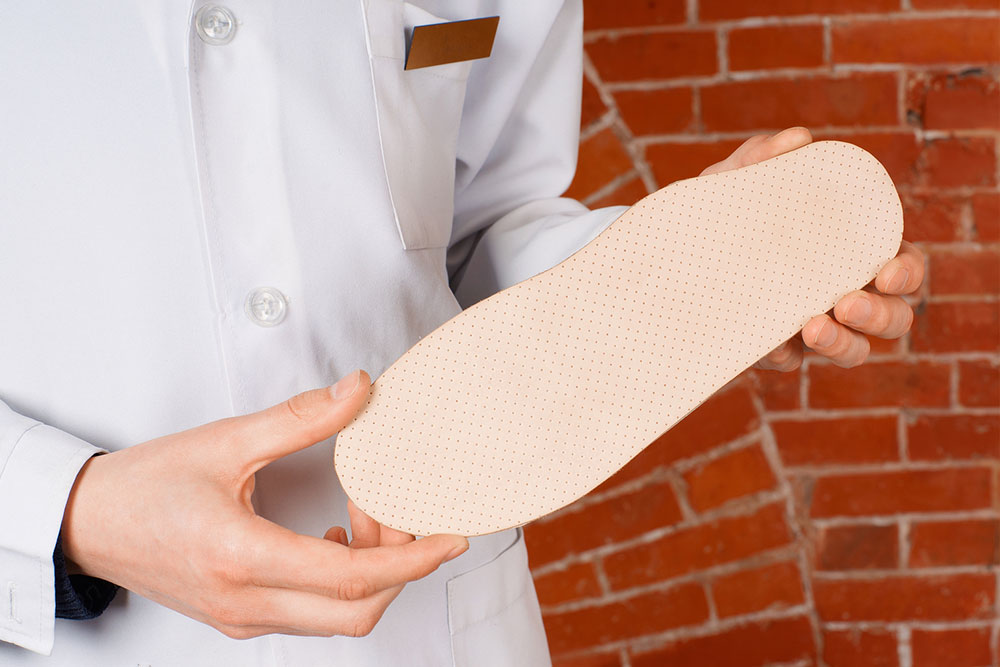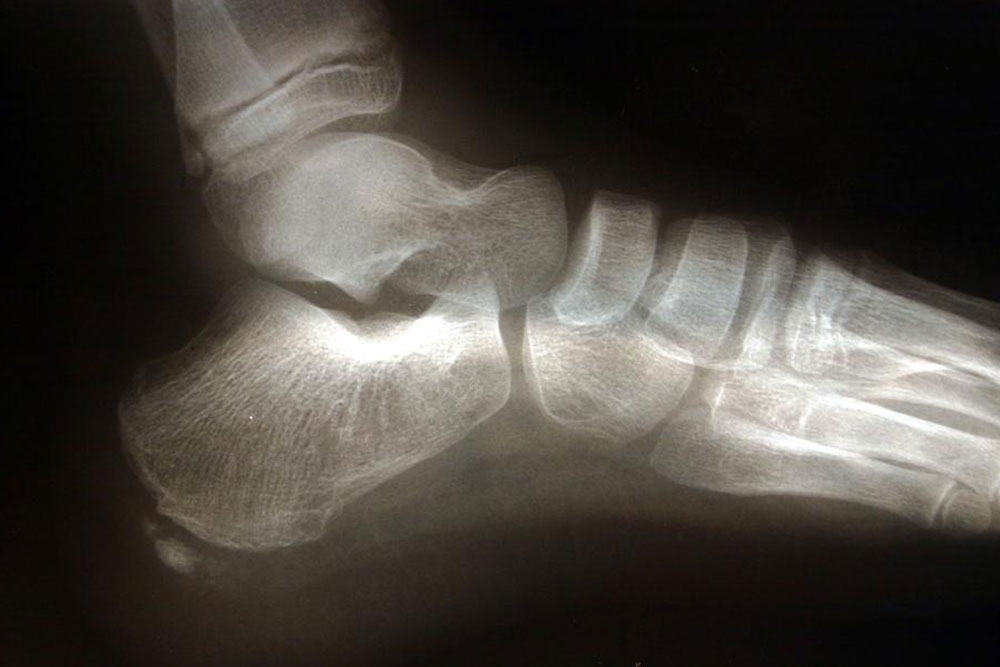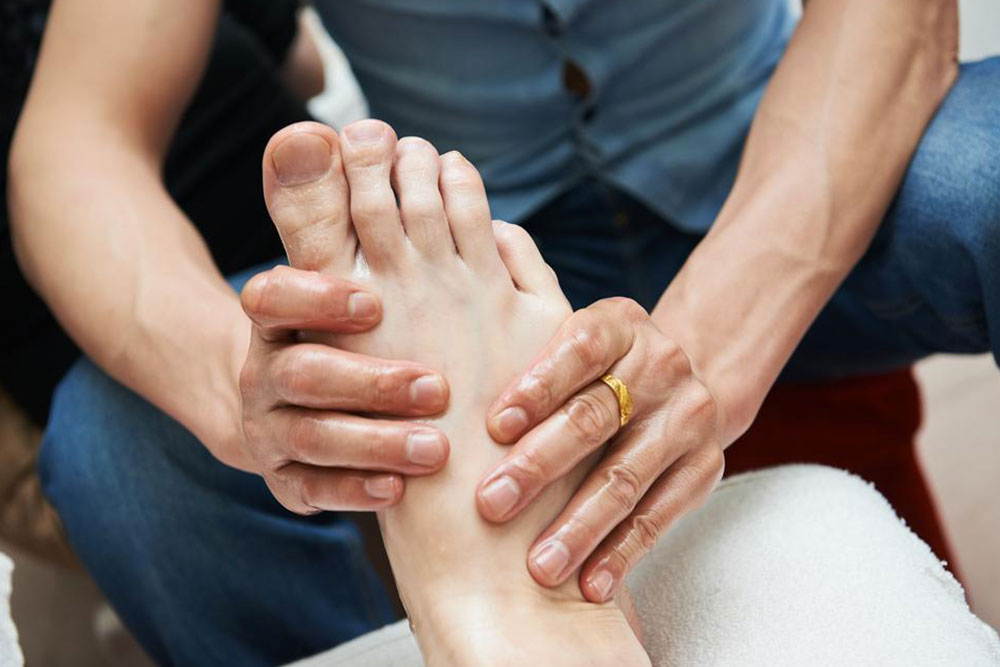Comprehensive Guide to Preventing and Treating Heel Inflammation and Discomfort
This detailed guide explores effective strategies for preventing and treating heel inflammation and discomfort. It covers causes, symptoms, and comprehensive remedies including supportive footwear, natural treatments, and lifestyle changes to promote foot health. Learn how to manage heel pain effectively and prevent future issues for a more active, pain-free life.
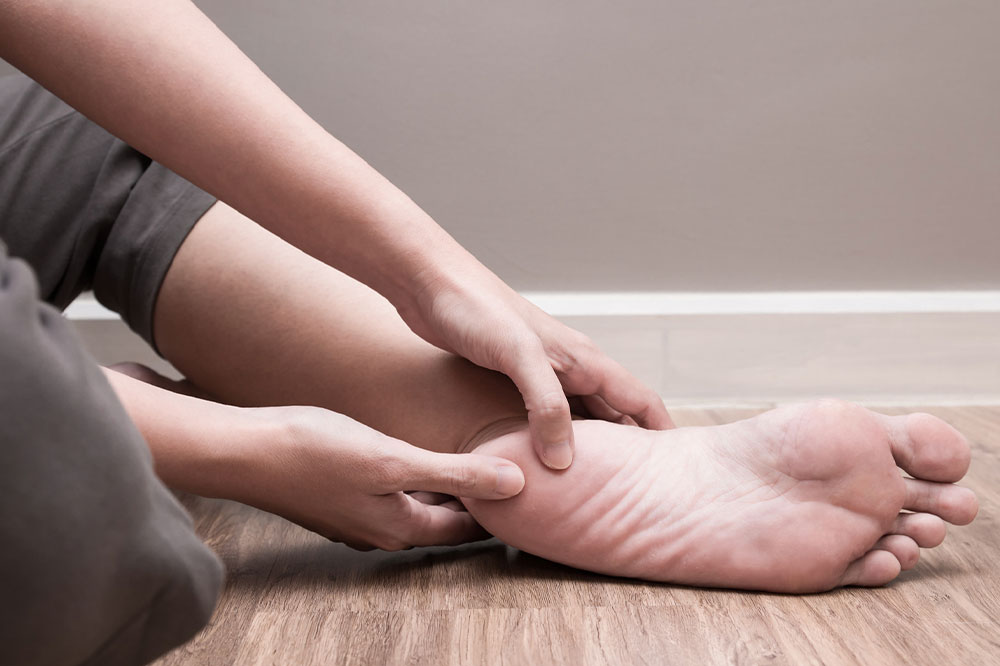
Comprehensive Strategies for Preventing and Managing Heel Inflammation and Discomfort
The health and functionality of our lower limbs are crucial for daily activities, vehicularly supporting our body weight and enabling mobility. Among common foot ailments, heel inflammation—often medically referred to as plantar fasciitis—stands out as a prevalent condition that causes significant pain and discomfort. Understanding the causes, symptoms, and effective management techniques of heel inflammation is essential to maintain foot health and overall well-being.
Heel inflammation occurs when the thick band of tissue, known as the plantar fascia, which runs along the bottom of the foot from the heel bone to the toes, becomes irritated or inflamed. This condition manifests primarily as stabbing or burning heel pain, especially noticeable during walking or after long periods of inactivity. If left untreated, heel inflammation can worsen over time, leading to chronic pain and mobility restrictions, significantly impacting quality of life, particularly among aging individuals or those engaging in high-impact activities.
A proactive approach to foot health involves adopting both preventive measures and effective treatment strategies. Maintaining a healthy weight reduces undue stress on the heels, while proper footwear provides necessary support and cushioning. Regular foot exercises, stretching routines, and nutritional habits play a vital role in strengthening foot tissues and promoting recovery.
Practical relief methods include resting the affected foot, applying ice packs to reduce swelling, and using over-the-counter pain medications when necessary. Supportive insoles or orthotic devices can redistribute pressure and alleviate symptoms. When symptoms persist, consulting healthcare providers such as podiatrists ensures accurate diagnosis and personalized treatment plans. Advanced therapies like physiotherapy, shockwave therapy, or minimally invasive procedures may be recommended for severe or persistent cases.
In addition to conventional treatments, natural remedies like herbal teas, turmeric, and essential oils possess anti-inflammatory properties that can soothe pain. Lifestyle modifications, including avoiding high heels, wearing supportive footwear, and engaging in gentle stretching exercises, further contribute to long-term heel health. Addressing underlying factors such as improper biomechanics, tight calf muscles, or excessive activity levels can help prevent recurrence.
By integrating these comprehensive strategies into daily routines, individuals can effectively manage and prevent heel inflammation, ensuring better foot health, enhanced mobility, and improved quality of life. Emphasizing consistent foot care and early intervention is key to avoiding complications and sustaining a pain-free, active lifestyle.
Heel inflammation prevention
Foot health management
Natural pain relief methods
